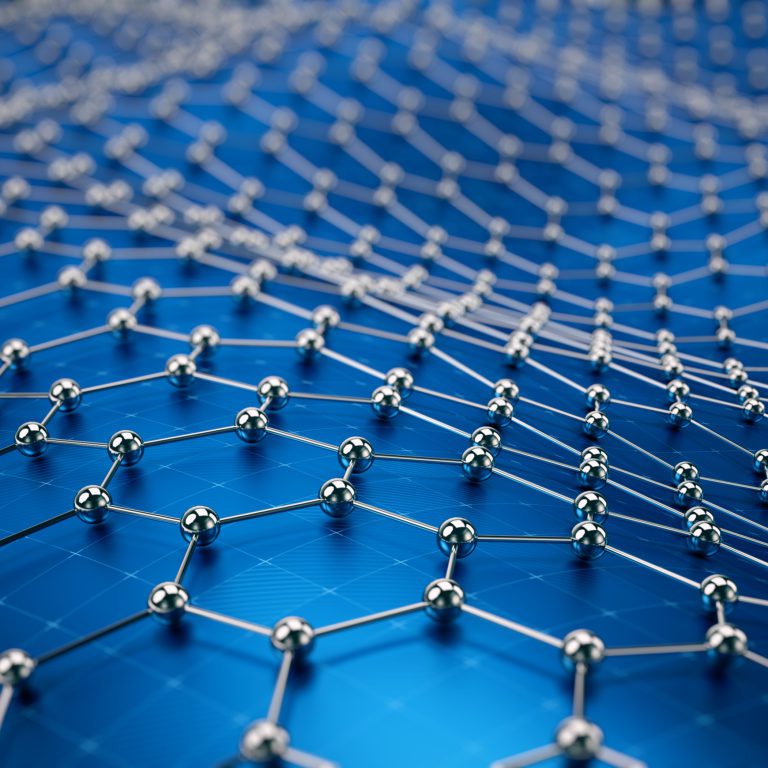The Department of Physics of Metals and Semiconductors (until 1982 – the Department of Metal Physics) was organized in 1930 as part of the Physics and Mechanics Faculty of KhMMI. The Dean of the Faculty in those years was the outstanding physicist, academician I.V. Obreimov. The successor of this faculty was the Faculty of Engineering and Physics, and since 1971 – the Faculty of Physics and Technology. Since 1954, the Department of Metal Physics has been headed by the outstanding scientist, Professor L.S. Palatnyk. The creation of a problem-based research laboratory of micro-film electronics at the department in 1963 was one of the most important stages in the formation of the scientific school of L.S. Palatnyk. The baton of heading the Department of Physics of Metals and Semiconductors was taken by the students of L.S. Palatnyk – Professor A.I. Fedorenko, and in 1998 – Professor A.T. Pugachev. The department maintains leading positions and, conducting world-class research, retains the core of its scientific staff and teachers. Currently, the department employs 9 doctors and 17 candidates of science in scientific and educational work. Since 2014, the department has been headed by Dr. of Physics and Mathematics, Prof. S.V. Malykhin. The Department of Physics of Metals and Semiconductors is part of the Educational and Scientific Institute of Computer Modeling, Applied Physics and Mathematics of NTU “KhPI”.
The department is engaged in solving physical problems and practical applications in the field of high-tech technologies, systems, nanomaterials, creating new devices, apparatus and equipment. Specialists are trained to study physical objects, physical processes and phenomena, develop technological processes and create new technologies, materials and substances. The strongest scientific team among Kharkiv universities, and 5th among all Ukrainian ones according to the Google Scholar rating. 8 educational and research laboratories studying the leading branches of modern materials science. A fruitful combination of classical university education with high-quality applied technical experience.

Areas of scientific activity
Comprehensive studies of the structure and properties of nano-sized bodies by X-ray, electron-optical methods. Study of the mechanisms of formation, structure and physical properties of thin films and compositions based on them, in particular new objects such as fullerite, quasicrystals, superlattices, nanocrystals. Research of materials for divertor plates of the international thermonuclear reactor under the ITER program. Development of film magnetoresistive sensor elements used to detect and measure magnetic fields. Research of strong magnetic fields generated by highly anisotropic permanent magnets, as well as sensors based on nanostructured films with giant magnetoresistance (GMR) for measuring these fields. Physics of thin films, phase and structural transformations in nanoscale film compositions. X-ray optics and microscopy. Thermal and radiation stability of X-ray optical elements and systems.
The main areas of scientific activity of the department are developed under the leadership of famous scientists: Prof. Malykhin S.V., a famous specialist in radiography of quasicrystals and nanoscale coatings; Prof. Kondratenko V.V., head of the physical and technical laboratory, specialist in thin-film technologies; Dr. Mikhailov I.F., head of the X-ray laboratory, specialist in the field of X-ray structural and X-ray spectral analysis; Dr. Moskalets M.V., specialist in the field of theoretical physics and quantum technologies; Dr. Starikova V.V., specialist in the development of new materials for implantation into human tissue.